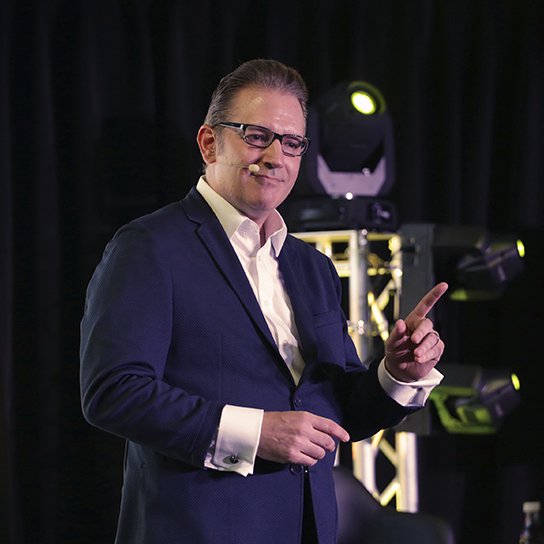An inspiring workplace is one where people enjoy working together because they're valued members of the team. It creates energy when you know your contribution isn't going unnoticed by anyone. When this type community spirit thrives within organizations, people feel empowered.
Leaders have tried many employee engagement programs along the employee engagement continuum.
But boosting engagement is not about special programs and perks. It’s about empowering people to be and do their best. People want to exceed your expectations, they want the chance to do more. That’s what inclusive working can accomplish.
Inclusive Working is One of the Best Strategies to Empower People
An inclusive workforce is reflected in at least two major ways—how you decide whom to hire, and how you enable those you hire to do their work.
You need processes in place to make sure your hiring practices and procedures are open and available to a variety of people. But inclusion doesn’t stop there. You also need processes in place that ensure that the way people get their work done enables inclusion across the enterprise and enables individuals to harness their full capabilities to identify what they solve for and influence the workplace and the marketplace. This will increase employee engagement and wellbeing.
Employee Engagement Idea: Hire People Who Are Different
It starts with being open to hiring people who have different experience or credentials, and then letting them use those differences rather than hide them.
A common barrier to inclusive hiring, especially for middle and higher positions within the company, is the narrow definition of what kinds of experience would make someone an attractive hire.
If you’re hiring someone to lead a particular product division, and you’re only looking at people who have had experience in the past leading that type of product division, then you are merely perpetuating a system that is exclusive, not inclusive. And you’re hiring for more of the same, rather than for diversity of thought.
A sign of inclusive hiring is the ability for leaders to understand that experience and education are not the only indicators of potential. Inclusive leaders give at least equal weight to individual capability.
Employee Engagement Idea: Let People Work Differently
Does your organization facilitate inclusive working? To answer that, think about these questions:
- Do your leaders have tools and resources for helping employees bridge silos and functions, to get cross-functional support to make better decisions and improve outcomes across the enterprise?
- Does your organization feel like a place where anyone can harness their full capabilities, no matter their background?
Take this free leadership assessment to see how well you do in these areas.
These are signs of a workforce that’s not just inclusive in its hiring, but is also inclusive in how people are enabled to get their work done.
When I’m trying to assess how inclusive an organization is for its workforce, I ask about the impact employees can have on the organization no matter their place in the hierarchy. The best case scenario is that all employees can have an impact on the organization, and they KNOW they can have an impact.
To answer that question, an organization first has to have a way to measure how employees feel about the impact they can have on the organization. It’s one thing for a leader to say: “Of course, everyone can have an impact.” But if employees don’t feel like it’s true then: a) it’s probably not actually true; and b), even if it is true, if employees don’t feel it, it doesn’t matter.
So, how do you build an organization that feels like a place where anyone can harness their full capabilities and have an impact, no matter their background or hierarchy?
Employee Engagement Idea: Get to Know People As Individuals
We tend to put employees in boxes or on certain career paths, and we don't give equal weight to individual capabilities and interests. We often don't know our people well enough to know what they could potentially grow into.
If they were hired into Department A, we start to see them as on the Department A career track, so we direct them to training opportunities that focus on skills relevant to advancing within Department A. It becomes harder for leaders to see that person beyond his or her Department A identity.
The solution is to create ways to get to know your employees and team members individually, and create systems that allow people to explore opportunities beyond the already-accepted career paths. Give them room to experiment, to expand their influence within the company, and to grow in their own ways. Be willing to let them grow even beyond your team and out of your department, if that’s what interests them.
That’s one of the most powerful strategies to empower people.
Conclusion
Leaders who understand and embrace diversity can create a powerful force for change in their organizations. When people are given the opportunity to work differently, they often excel in ways that surprise even themselves.
And getting to know individuals as human beings rather than just employees or job titles can pay off in dividends for both the individual and the organization. What have you done to empower people through inclusive working?
To access one of the most helpful organizational culture diagnostic tools, take this free diversity equity and inclusion self-assessment.









